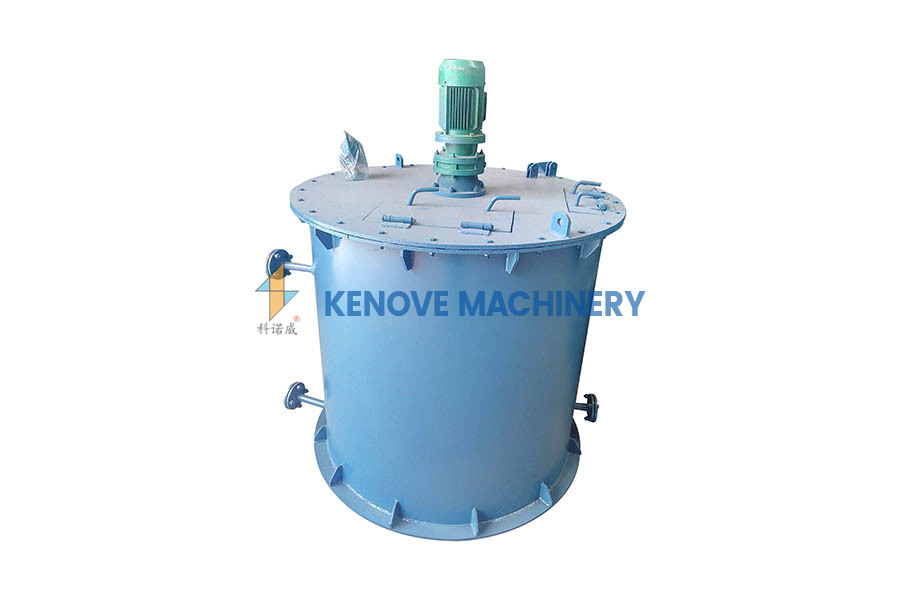Unlocking the Benefits of Urea Azotization in Modern Agriculture
Release time:
Aug 08,2025
Unlocking the Benefits of Urea Azotization in Modern Agriculture Table of Contents 1. Introduction to Urea Azotization 2. What is Urea Azotization? 3. Importance of Urea Azotization in Modern Agriculture 4. Benefits of Urea Azotization 4.1 Enhancing Soil Fertility 4.2 Improving Crop Yields 4.3 Environmental Sustainability
Unlocking the Benefits of Urea Azotization in Modern Agriculture
Table of Contents
- 1. Introduction to Urea Azotization
- 2. What is Urea Azotization?
- 3. Importance of Urea Azotization in Modern Agriculture
- 4. Benefits of Urea Azotization
- 5. How Urea Azotization Works
- 6. Application Methods for Urea Azotization
- 7. Case Studies of Urea Azotization in Action
- 8. Challenges and Solutions in Urea Azotization
- 9. The Future of Urea Azotization in Agriculture
- 10. Frequently Asked Questions
- 11. Conclusion
1. Introduction to Urea Azotization
In the rapidly evolving world of agriculture, farmers are continuously seeking innovative methods to enhance productivity and sustainability. **Urea azotization**, a process involving the transformation of urea into nitrogen-rich compounds, offers significant advantages that can revolutionize agricultural practices. This article delves into the workings, benefits, and future potential of urea azotization, outlining its critical role in modern farming.
2. What is Urea Azotization?
Urea azotization refers to the biochemical process where urea, a widely used nitrogen fertilizer, undergoes microbial transformation to release nitrogen in a form accessible to plants. This process is driven by soil microorganisms that convert urea into ammonium and nitrate, crucial nutrients for plant growth. By understanding these mechanisms, we can leverage them to enhance agricultural productivity effectively.
3. Importance of Urea Azotization in Modern Agriculture
In an era where agricultural sustainability is paramount, urea azotization plays a pivotal role. As the global population continues to rise, the demand for food production increases, necessitating efficient farming techniques. Urea azotization not only boosts soil nutrient levels but also minimizes the environmental impact associated with excessive nitrogen fertilizer use.
4. Benefits of Urea Azotization
4.1 Enhancing Soil Fertility
One of the primary advantages of urea azotization is its ability to enhance soil fertility. By increasing the availability of nitrogen in the soil, this process facilitates greater nutrient uptake by plants. Healthy, nutrient-rich soil leads to improved crop growth and resilience, ultimately contributing to higher yields.
4.2 Improving Crop Yields
Higher nitrogen availability translates directly to improved crop yields. Studies have shown that fields treated with urea azotization techniques have consistently outperformed those using conventional fertilization methods. This increased productivity not only benefits farmers economically but also contributes to food security on a global scale.
4.3 Environmental Sustainability
Urea azotization promotes environmental sustainability by reducing the risk of nitrogen leaching and runoff, which can lead to water pollution. By optimizing nitrogen use efficiency, this technique minimizes the environmental footprint of agriculture, aligning with global efforts to foster sustainable farming practices.
5. How Urea Azotization Works
The process of urea azotization involves several steps. Initially, urea is applied to the soil, where it is decomposed by urease enzymes produced by soil microorganisms. This decomposition converts urea into ammonium ions, which are then oxidized to nitrate through nitrification, a microbial process. The result is a steady supply of nitrogen that plants can readily absorb and utilize for growth.
6. Application Methods for Urea Azotization
There are various methods for applying urea azotization in agricultural settings. Farmers can choose from several approaches to maximize the efficiency of nitrogen utilization:
- **Incorporation into Soil**: Mixing urea into the soil enhances microbial activity and accelerates the azotization process.
- **Foliar Application**: Spraying diluted urea solutions directly onto plant leaves can provide an immediate nitrogen boost.
- **Controlled Release Fertilizers**: These fertilizers are designed to release nitrogen gradually, aligning with plant growth stages and optimizing nutrient uptake.
By selecting the appropriate application method, farmers can tailor their urea azotization strategy to the specific needs of their crops and soil conditions.
7. Case Studies of Urea Azotization in Action
Several case studies demonstrate the effectiveness of urea azotization in various agricultural contexts:
- **Case Study 1**: A rice paddy in Southeast Asia adopted urea azotization techniques, resulting in a 20% increase in yield compared to traditional fertilizer use. The farmers reported healthier plants and reduced fertilizer costs.
- **Case Study 2**: A corn farm in the Midwest utilized controlled-release urea fertilizers, leading to improved nitrogen efficiency and a decrease in environmental leaching. The farm not only boosted crop yield but also achieved recognition for sustainable farming practices.
These examples highlight the versatility and effectiveness of urea azotization across diverse agricultural systems.
8. Challenges and Solutions in Urea Azotization
Despite its numerous benefits, urea azotization faces challenges that require attention:
- **Microbial Activity Variability**: The efficiency of urea azotization can vary based on soil microbial populations. Farmers can address this by enhancing soil health and promoting beneficial microbial communities through organic amendments.
- **Weather Conditions**: Environmental factors such as temperature and moisture significantly impact the azotization process. Implementing proper timing and application strategies can mitigate these challenges.
By understanding and addressing these challenges, farmers can optimize urea azotization practices to achieve the best results.
9. The Future of Urea Azotization in Agriculture
As agricultural practices continue to evolve, the future of urea azotization looks promising. Ongoing research aims to enhance the efficiency of this process further, exploring advanced microbial inoculants and tailored fertilizers. The integration of technology in agriculture, such as precision farming, will enable farmers to apply urea azotization more effectively, ensuring optimal nutrient management and sustainable production.
10. Frequently Asked Questions
What is the main purpose of urea azotization?
The primary purpose of urea azotization is to convert urea into nitrogen compounds that are more accessible to plants, thereby enhancing soil fertility and improving crop yields.
How does urea azotization benefit the environment?
Urea azotization minimizes nitrogen leaching and runoff, reducing the risk of water pollution. It promotes efficient nitrogen use, contributing to environmentally sustainable agriculture.
Can urea azotization be used with other fertilizers?
Yes, urea azotization can be used in conjunction with other fertilizers to create a balanced nutrient management strategy that addresses the specific needs of crops and soil.
What crops benefit most from urea azotization?
Most crops, especially nitrogen-demanding ones like corn and rice, benefit significantly from urea azotization. The process enhances their nutrient uptake and overall growth.
Are there any drawbacks to urea azotization?
While urea azotization offers numerous benefits, challenges such as variability in microbial activity and environmental conditions can impact its effectiveness. Addressing these challenges is crucial for optimal results.
11. Conclusion
Urea azotization represents a groundbreaking approach to modern agriculture, offering a multitude of benefits from enhanced soil fertility to improved environmental sustainability. As farmers strive to meet the increasing global food demand, adopting urea azotization techniques can lead to more productive and sustainable farming practices. By understanding the dynamics of this process and addressing its challenges, we can unlock the full potential of urea azotization, paving the way for a more sustainable agricultural future.







